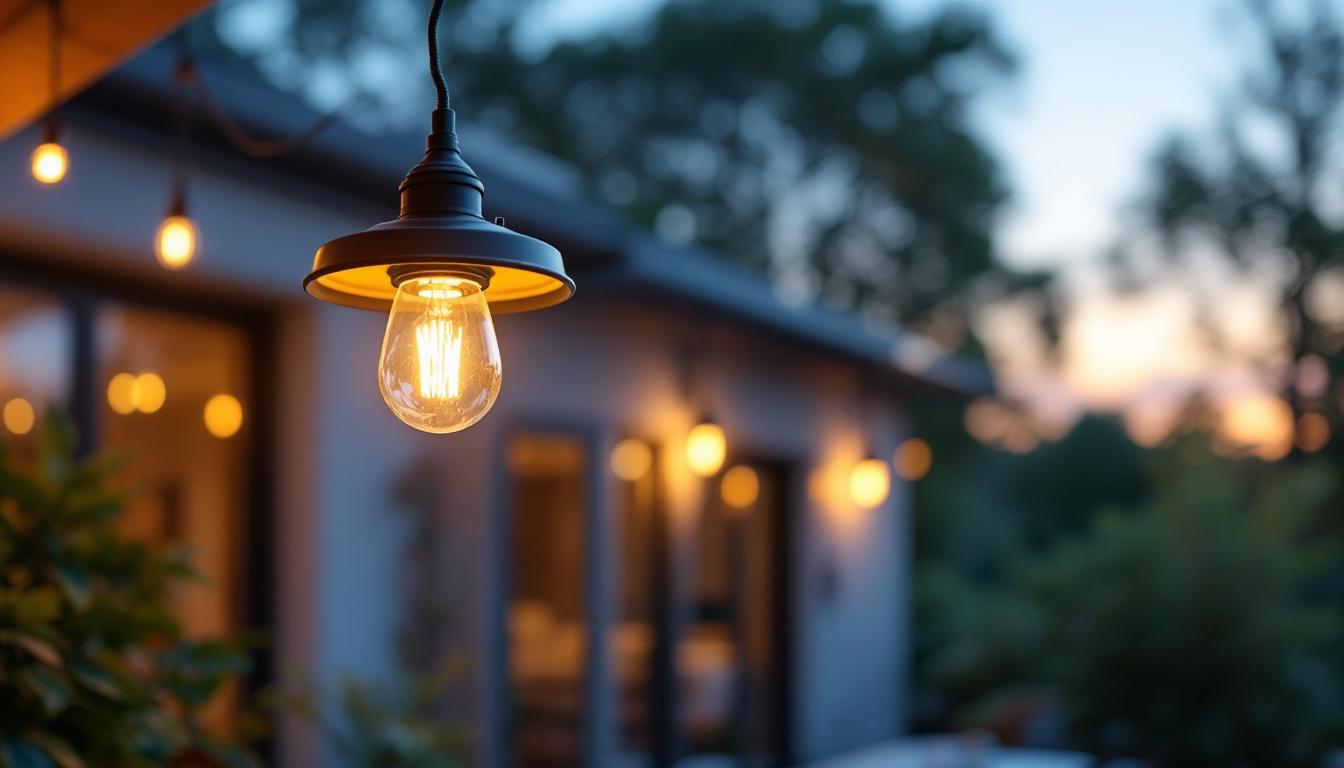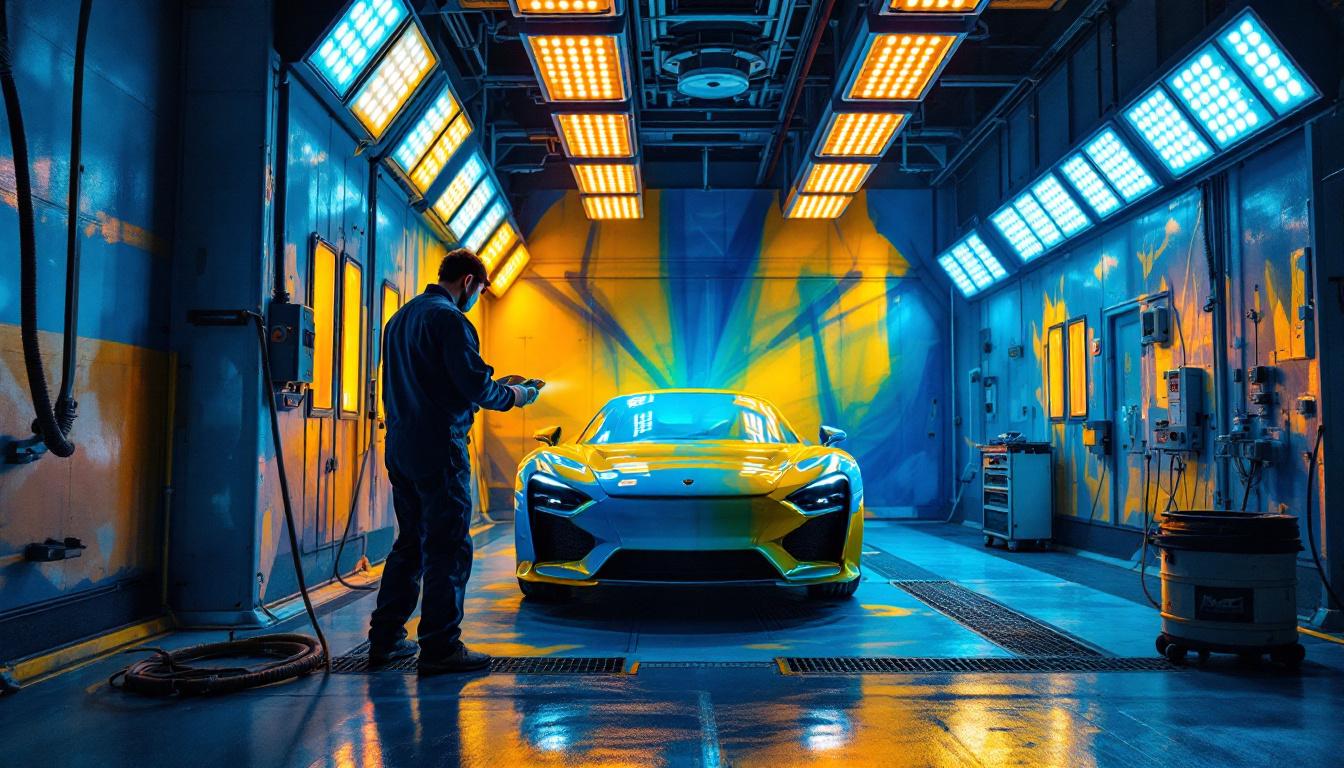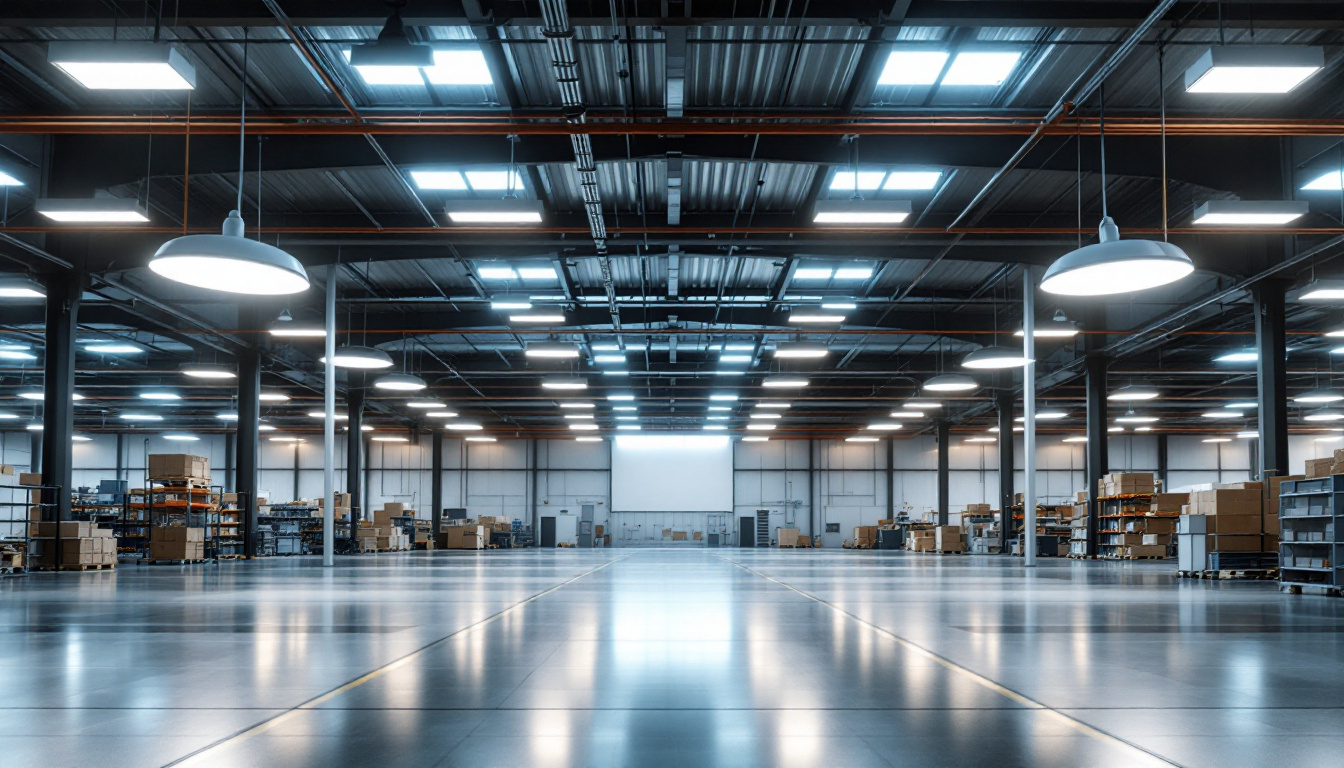
Lighting plays a crucial role in the ambiance and functionality of commercial spaces. Among the various lighting options available, pendant lighting stands out due to its versatility and aesthetic appeal. However, for lighting contractors, working with commercial pendant lighting comes with its own set of challenges. This article delves into the top challenges faced by lighting contractors in this domain, providing insights and potential solutions.
Designing a lighting scheme for commercial spaces requires a deep understanding of the specific needs of the environment. Pendant lighting, while visually appealing, must also meet functional requirements. Contractors must navigate the delicate balance between aesthetics and practicality. This involves not only selecting the right fixtures but also considering how they interact with the overall design elements of the space, such as color palettes, furniture arrangements, and architectural features. The right lighting can enhance a space’s ambiance, highlight key areas, and even influence the mood of those who inhabit it.
Clients often have a vision of how they want their space to look, influenced by trends and personal preferences. However, these expectations may not always align with practical limitations such as ceiling height, fixture weight, and electrical capacity. Contractors must skillfully manage these expectations, providing alternatives that maintain the desired aesthetic while adhering to safety and functionality standards. For instance, if a client desires an elaborate chandelier but the ceiling is too low, a contractor might suggest a series of smaller, cascading pendants that create a similar visual impact without compromising safety.
Communication is key in this aspect. Engaging in thorough discussions with clients about their vision and the practicalities of implementation can help bridge the gap between expectation and reality. Offering visual aids, such as mock-ups or 3D renderings, can also assist in aligning client expectations with what is feasible. Furthermore, sharing case studies of previous projects can provide clients with a clearer understanding of how design choices can be adapted to meet both aesthetic desires and functional needs. This collaborative approach fosters trust and ensures that clients feel involved in the design process, ultimately leading to a more satisfying outcome.
Another significant challenge is ensuring that all pendant lighting installations comply with local building codes and regulations. These codes are designed to ensure safety and functionality but can vary widely between jurisdictions. Lighting contractors must stay informed about the latest regulations to avoid costly rework or penalties. This includes understanding not only the electrical codes but also fire safety regulations, which can dictate the types of materials used and the placement of fixtures within a space.
To navigate this challenge, contractors should develop a checklist of relevant codes and standards that apply to their projects. Regular training and updates on local regulations can also help contractors remain compliant and minimize the risk of violations. Additionally, establishing relationships with local building inspectors can provide valuable insights into common compliance issues and help streamline the approval process. By proactively addressing these regulatory concerns, contractors can ensure that their lighting designs are not only beautiful but also safe and legally compliant, ultimately protecting both their clients and their own reputations in the industry.
The installation of pendant lighting in commercial settings can be technically demanding. Factors such as ceiling height, fixture weight, and electrical infrastructure all play a role in the complexity of the installation process.
Commercial spaces often feature high ceilings, which can complicate the installation of pendant fixtures. The weight of the fixtures must be considered, as heavier fixtures may require additional support or reinforcement. This can lead to increased labor costs and extended project timelines.
To effectively address this challenge, contractors should conduct thorough site assessments before installation. Understanding the structural capabilities of the ceiling and determining the appropriate mounting hardware can streamline the installation process. Additionally, selecting lightweight fixtures can alleviate some of the burdens associated with high ceilings. Furthermore, the design of the pendant fixtures should be considered; opting for designs that distribute weight evenly can minimize stress on the mounting points and enhance safety. Incorporating adjustable suspension systems can also provide flexibility, allowing for easy height adjustments during installation and future maintenance.
Another technical challenge involves the existing electrical infrastructure. In older buildings, the electrical system may not be equipped to handle modern lighting fixtures, which can lead to issues such as flickering lights or circuit overloads. Contractors must assess the electrical system and make necessary upgrades to ensure compatibility with the new lighting.
Collaborating with licensed electricians can help mitigate these issues. By working together, contractors can ensure that the electrical system is up to code and capable of supporting the new pendant lighting. This collaboration can also help identify potential problems before they arise, saving time and resources during installation. Moreover, it is essential to consider the placement of power outlets and switches, as optimal positioning can enhance the functionality and aesthetic appeal of the lighting. Implementing smart lighting controls, such as dimmers or programmable systems, can also add value to the installation, allowing for energy efficiency and adaptability to different commercial activities.
The selection of pendant lighting fixtures is a critical aspect of any commercial project. With a plethora of options available, choosing the right fixtures can be overwhelming. Factors such as style, energy efficiency, and functionality all play a role in this decision-making process.
While aesthetics are important, functionality should not be overlooked. Pendant fixtures must provide adequate illumination for the intended space, whether it’s a restaurant, office, or retail environment. Contractors must consider the type of light source, the distribution of light, and the overall design of the fixture to ensure that it meets the needs of the space.
Conducting a lighting analysis can help contractors determine the best fixtures for a specific environment. This analysis should take into account the purpose of the space, the desired ambiance, and any specific lighting requirements, such as task lighting for work areas or softer lighting for dining areas.
In today’s environmentally conscious market, energy efficiency is a significant consideration for both contractors and clients. Choosing energy-efficient fixtures not only reduces operating costs but also aligns with sustainability goals. However, the initial cost of energy-efficient fixtures can be higher, which may deter some clients.
Contractors can address this challenge by educating clients on the long-term benefits of energy-efficient lighting. Providing a cost-benefit analysis that highlights potential savings on energy bills can help clients see the value in investing in higher-quality fixtures. Additionally, staying informed about available rebates and incentives for energy-efficient lighting can further encourage clients to make sustainable choices.
Timelines are a crucial aspect of any commercial lighting project. Delays in the installation of pendant lighting can lead to increased costs and client dissatisfaction. Managing these timelines effectively requires careful planning and coordination.
One of the significant challenges contractors face is supply chain disruptions. Delays in the delivery of fixtures or materials can set back project timelines and impact overall project completion. Contractors must develop contingency plans to address potential delays and keep projects on track.
Establishing strong relationships with suppliers can help mitigate these issues. By working closely with suppliers, contractors can gain insights into potential delays and explore alternative options if necessary. Additionally, ordering fixtures well in advance can help ensure that materials are available when needed.
In commercial projects, multiple trades often work simultaneously, which can complicate timelines. Coordinating with electricians, plumbers, and other contractors is essential to ensure that the installation of pendant lighting proceeds smoothly. Miscommunication or scheduling conflicts can lead to delays and increased costs.
Implementing a project management system can help streamline communication and scheduling among different trades. Regular meetings to discuss progress and address any potential issues can also foster collaboration and keep the project on track.
Once the pendant lighting is installed, ongoing maintenance and upkeep become essential considerations. Ensuring that fixtures remain in good condition is critical for both aesthetics and functionality.
Establishing a regular maintenance schedule can help prevent issues such as burnt-out bulbs or dirty fixtures. Contractors can recommend maintenance plans to clients, outlining the frequency and type of maintenance required to keep the lighting in optimal condition.
Providing clients with a checklist of maintenance tasks can empower them to take an active role in the upkeep of their lighting systems. This not only enhances the longevity of the fixtures but also ensures that the lighting continues to meet the needs of the space.
As technology advances, upgrading lighting fixtures may become necessary to maintain energy efficiency and functionality. Contractors should stay informed about the latest advancements in lighting technology and be prepared to recommend upgrades to clients when appropriate.
Educating clients about the benefits of upgrading can facilitate this process. Highlighting improvements in energy efficiency, aesthetics, and functionality can help clients see the value in investing in new fixtures over time.
Commercial pendant lighting presents unique challenges for lighting contractors, from understanding design requirements to managing project timelines and ongoing maintenance. By addressing these challenges proactively and maintaining open communication with clients, contractors can successfully navigate the complexities of pendant lighting installations.
Ultimately, the key to success lies in a combination of technical expertise, effective communication, and a commitment to quality. By staying informed about industry trends and advancements, contractors can continue to deliver exceptional lighting solutions that meet the evolving needs of commercial spaces.
As you tackle the complexities of commercial pendant lighting, partner with a supplier that understands your needs. LumenWholesale is dedicated to empowering lighting contractors like you with spec-grade lighting products at unbeatable wholesale prices. Say goodbye to inflated markups and hello to a vast selection of reliable, high-performance lighting that meets the highest industry standards. With free shipping on bulk orders, you can trust that you’re getting premium lighting at the best value — without hidden fees or compromises. Elevate your lighting projects by choosing Wholesale Lighting at the Best Value with LumenWholesale.

Discover how ceiling outdoor lights can be a game-changer for lighting contractors by significantly cutting costs.

Discover how LED paint booth lighting is transforming the industry with real-world success stories from lighting contractors.

Discover essential tips to prevent common pitfalls in lighting projects with our guide on LED bulb flashing.

Discover essential strategies for selecting warehouse fixtures that not only illuminate your space but also future-proof your lighting projects.